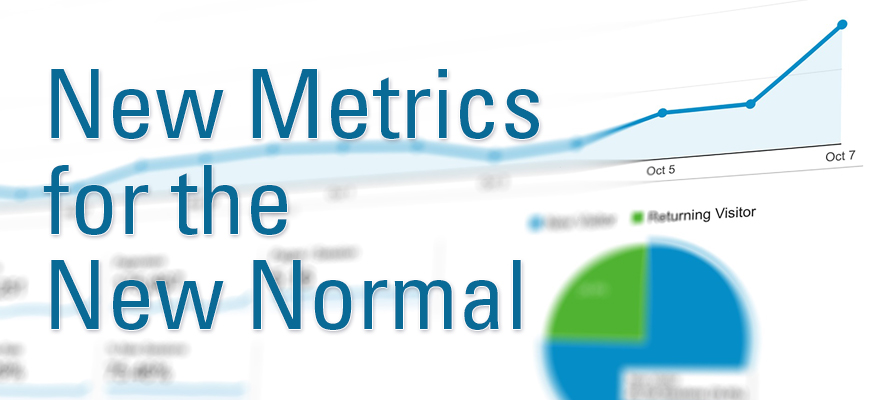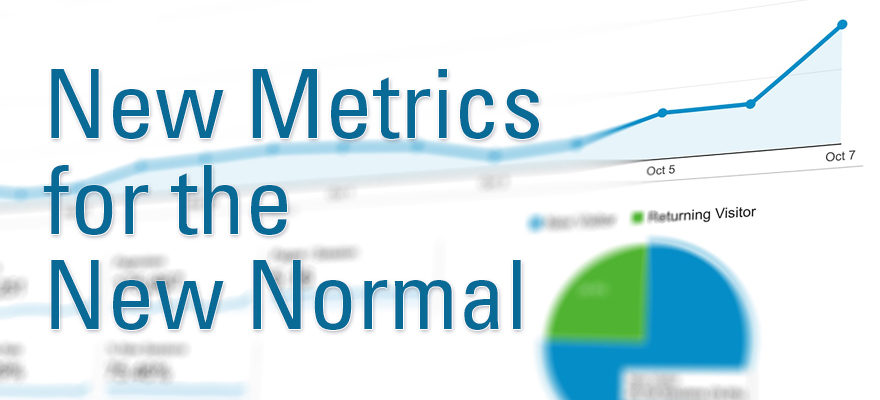by Franklin Dumond, Director of Congregational Ministries
Over the years church leaders have used a variety of measurements to define church growth. Traditionally these metrics have centered on average weekly attendance.
Not many years ago churches only measured small group participation by reporting Sunday School attendance. Back then attendance in Sunday School classes often exceeded attendance at worship services.
A shift in emphasis occurred so that by the new millennium worship attendance in most churches greatly exceeded Sunday School attendance.
In the ‘old normal’ it was not uncommon for only 25-50% of worship attenders to also attend Sunday School or other small group ministries.
In pre-pandemic America, the trend toward inconsistent, sporadic attendance accelerated. Not so long ago the active church member might attend three services per week and miss only a few weeks in a year. The frequency of attendance began to decline some time ago but seems to have accelerated in the booming economy. When times were good folks more often found other things to do on weekends.
A further complication that impeded consistent church attendance was the invasion of previously sacred space and time. Although Blue Laws restricting Sunday commerce disappeared generations ago, de-facto Blue Laws remained ingrained in our culture. Not so long ago school events and sporting activities were almost never held on Sunday. Now, Sunday is just another day.
The New Normal generated by the pandemic of 2020 has further restricted consistent attendance. As churches have re-gathered many have discovered that weekly in-person attendance is considerably lower than pre-shutdown. With the threat of contagion looming, many with underlying health conditions or compromised immune systems have chosen to remain absent from weekly gatherings.
A new development during the pandemic also impacts weekly attendance. The explosion of on-line, live-streaming services meant that many churches expanded their weekly participation even when weekly in-person gatherings were not scheduled.
If our old metric of average weekly attendance cannot accurately measure current activity, what metrics will rise to take its place?
Let me offer a few thoughts:

- If average in-person attendance remains the standard metric for the local church at the very least we cannot compare averages for 2020 with those for previous years. If in the near future we see some kind of stabilized attendance patterns we may be able to resume evaluating based on those measures with a notable asterisk* to identify 2020 as an outlier year.
- If on-line activity is sustained then effective metrics must be used to evaluate it. At the very least the measure should be consistent and at the best, it should actually measure meaningful or sustained rather than fleeting engagement.
This means that the reliance on the total number of views must be balanced by the reality of length of time spent with the on-line experience or with resulting actions taken by the on-line viewer. For example, some church leaders encourage their folks to sign in with a comment when they view on-line streaming from Facebook. Other leaders choose those platforms that allow a more detailed measure of viewership rather than relying on the raw number of total views.
On the other hand, relying on the raw number of total views may not be as unrealistic as we assume. I’ve been told that it is common for folks to be distracted, even to be daydreaming or napping, although they are present for in-person worship. Is this much different than a short view on-line? - Even before we began coping with the new normal there was already widespread awareness that metrics other than raw data on weekly attendance were necessary. For example, many churches regularly evaluate how many attendees at worship also participate in a small group setting and/or serve in a ministry setting.
Many healthy churches will set goals for increasing the level of participation in both these areas. - One metric that will become increasingly important for all sized congregations will be the size of the crowd, the extended congregation. How many people attend at least once in a 6-8 week period? If this group can be identified, then the groundwork is in place to engage them in small group and ministry settings. Unless this group can be identified, then communication will be limited to those who happen to be present in-person or on-line. In the pre-pandemic setting, most churches registered an average weekly attendance that was about ½ their total number of participants. The exceptions to this are the very small churches where guests are rare and new members non-existent. In those settings everyone pretty much attends everything.
- At some point, the pandemic will ease and churches will again expand their programming. When that occurs one important metric will be total weekly participation. That is, how many people attended at least one element of the church’s program in one week? This does not double-dip to count every person every time they attend a church function. It does count every person who attends at least one church function in a week but the person is only counted once with no ‘extra credit’ for attending multiple services.
This process takes a little time and a little organization but is well worth the effort.
The organization requires two elements. Every ministry event must have a roster or roll sheet with people enrolled in the activity. Every person should also be enrolled in the Total Weekly Participation activity.
The time factor has two elements. First, someone must register attendance on the roll sheet for the weekly event. Second, these roll sheets must be compiled and transferred to the Total Weekly Participation Activity.
The old adage “We count people because people count!” will be as true in the New Normal as it was in the Old Normal. The difference may be that we use new metrics for a new day.
